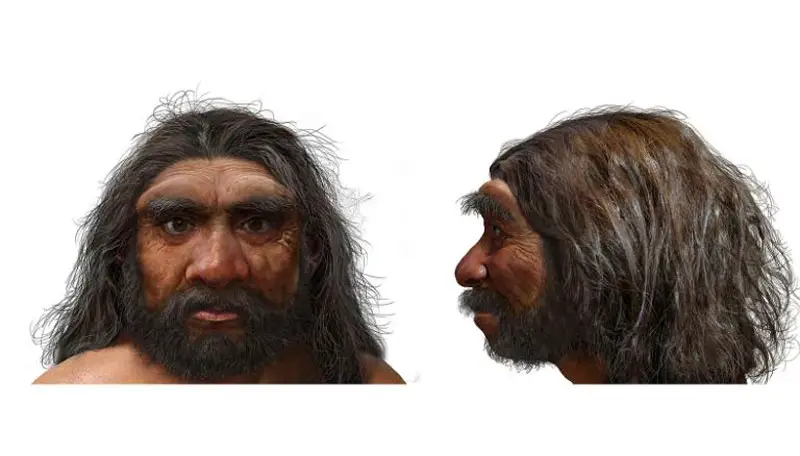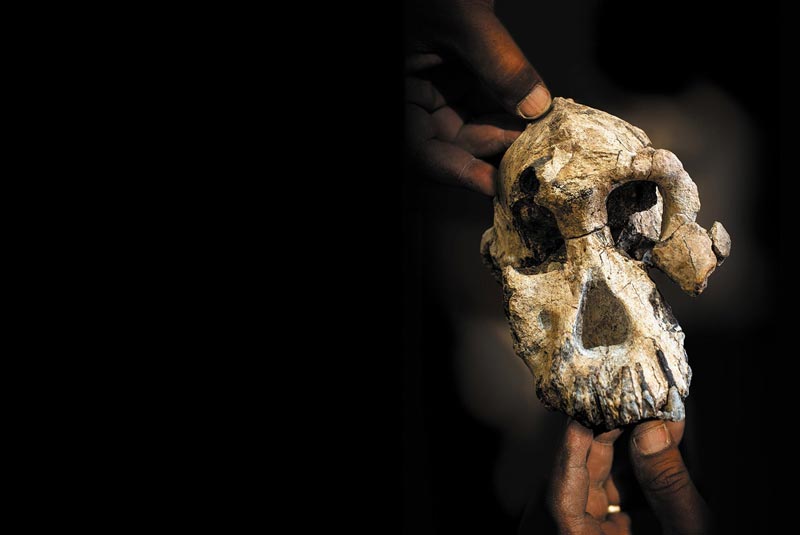The Dragon Man, ‘ Homo Longi ’: the Most Recent Addition to the Human Family Tree


📷 Chuang Zhao
The Dragon Man, Homo Longi, is the most recent addition to the human family tree. According to geochemical research, a well-preserved skullcap was discovered in the Chinese city of Harbin, which is between 138,000 and 309,000 years old.

The skull blends primitive characteristics like a wide nose, low brow, and braincase with more Homo sapiens-like features like flat and delicate cheekbones. According to researchers, the skull is expected to belong to a 50-year-old man with an “incredibly broad” face, deep eyes with enormous eye sockets, large teeth, and a brain identical in size to current humans.

📷 Chuang Zhao
“The Harbin skull is the most important fossil I’ve seen in 50 years. It shows how important East Asia and China are in telling the human story,” said Chris Stringer, coauthor of the study and research head of human origins at The Natural History Museum in London.
The team plans to utilize CT scans to see if ancient proteins or DNA can be extracted from the cranium, which has one tooth, and to undertake a more comprehensive investigation of the skull’s interior, including sinuses and ear and brain structure.
Reference: Late Middle Pleistocene Harbin cranium represents a new Homo species
Who is the earliest known human ancestor?
With some fossils going back as long as 4.2 million years, Australopithecus anamensis is the oldest unequivocal hominin. For many years, it was regarded as the lineal ancestor of Australopithecus afarensis, as the ancestor of our own species, Homo. Australopithecus afarensis lived between 3.9 and 2.9 million years ago.

📷 Dale Omori and Liz Russell
Seven Million Years of Human Evolution
Must READ!
The Tragic Reality of 6-inch-long ‘Alien’ Skeleton Discovered in Atacama, Chile. CLICK HERE
